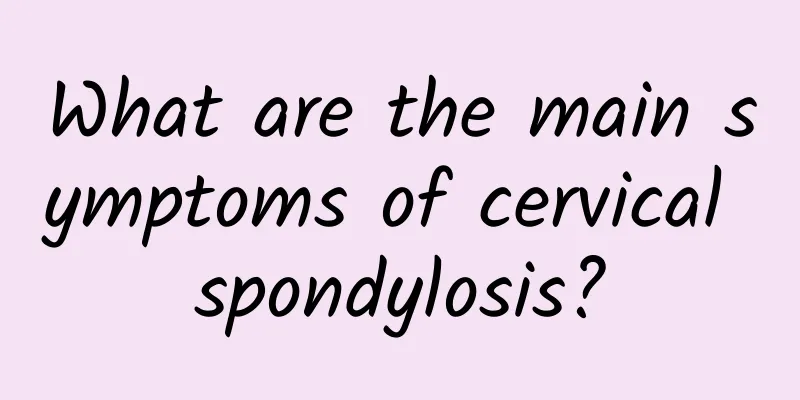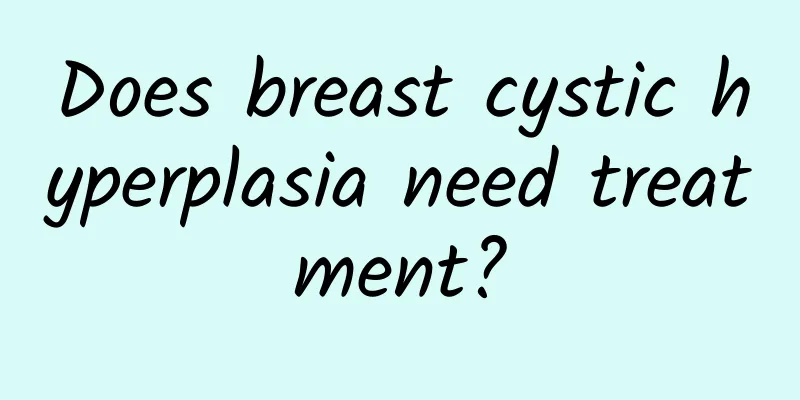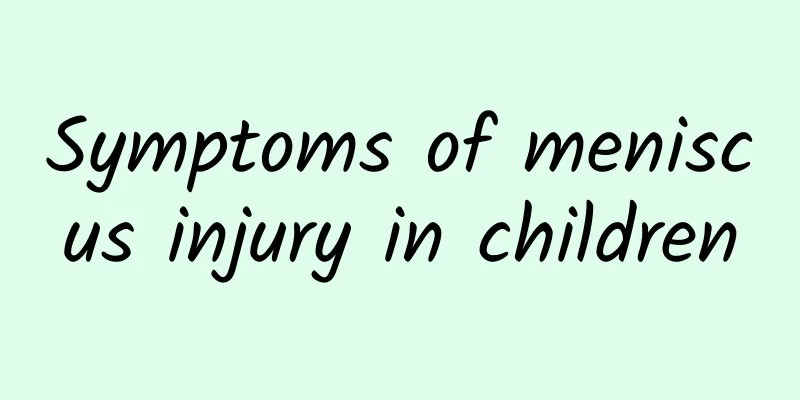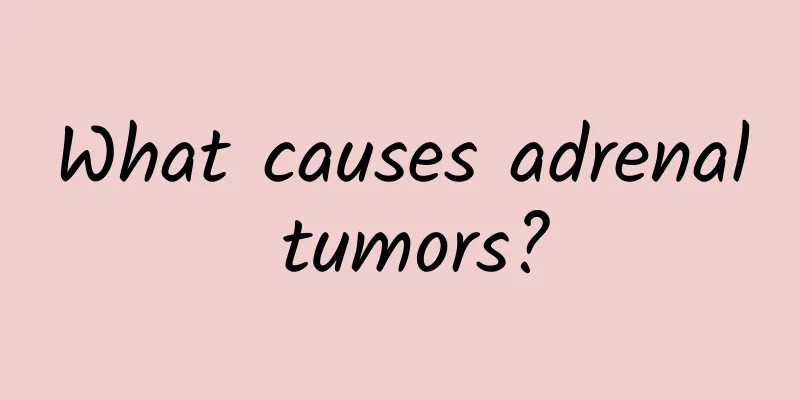What are the main symptoms of cervical spondylosis?

|
The main symptoms of cervical spondylosis include neck pain, stiffness, dizziness, numbness in the hands, and possible unsteady walking. Once these symptoms occur, you should seek medical attention in time for a clear diagnosis and improve them through medication, physical therapy or surgery. 1. Neck pain and stiffness The most common manifestation of cervical spondylosis is neck pain and stiffness, which is more obvious after sitting or bowing the head for a long time. This is caused by the compression of surrounding soft tissues or nerves by bone spurs. If the pain is mild, it can be relieved by paying attention to rest and maintaining a correct sitting posture. However, if the symptoms persist, non-steroidal anti-inflammatory drugs such as ibuprofen and topical ointments can be used to relieve the pain. 2. Dizziness and vertigo Because bone hyperplasia may compress the vertebral artery and affect the blood supply to the brain, it may cause dizziness or vertigo. This symptom is often more obvious when you bow your head or turn your head for a long time. At this time, you should avoid sudden changes in posture. In terms of medication, you can use vasodilators such as flunarizine or cerebral circulation-improving drugs under the guidance of a doctor. Combined with rehabilitation training, such as stretching and relaxation exercises for the neck muscles, it can also help relieve symptoms. 3. Limb numbness and weakness Bone hyperplasia may compress nerve roots, causing numbness or weakness in the fingers and arms. When this symptom becomes more severe, you need to be alert to whether the nerves or spinal cord have been compressed. Compression can be relieved through cervical traction therapy, or steroid injections can be performed to improve inflammation under the advice of a doctor. In more serious cases, surgical treatment may be considered, such as spinal fusion or bone spur removal. 4. Unsteady walking When bone hyperplasia compresses the spinal cord, walking instability may occur, and in severe cases, even bowel and bladder dysfunction may occur. This is a signal that threatens the quality of life, and you should seek help from a neurologist or orthopedic surgeon as soon as possible. At this time, surgical intervention is often required, such as cervical decompression surgery, to prevent further deterioration of symptoms. Cervical spondylosis is a degenerative disease that is closely related to daily living habits. Regardless of the severity of the symptoms, you should adjust your lifestyle in a timely manner, such as keeping your neck warm and avoiding long periods of sitting and excessive strain. At the same time, those with severe symptoms should go to the hospital as soon as possible to seek professional treatment to avoid delaying the disease. |
<<: What is acute lumbar disc herniation
>>: Hemorrhoids, anal bleeding when urinating
Recommend
What are the causes of congenital heart disease in children?
Congenital heart disease in children is closely r...
How to get rid of breast cysts
Breast cysts are a common breast problem for wome...
Does vertebral hemangioma require surgery?
Vertebral hemangioma is a more serious disease. I...
The best way to eliminate lung nodules
How to remove lung nodules has always been a topi...
How to treat condylar fractures surgically
How is a condylar fracture treated surgically? Co...
What does cardiogenic disease mean?
Cardiogenic diseases, as the name implies, refer ...
What to do if your baby has recurrent anal fissures
If your baby has recurrent anal fissures, you sho...
Can I eat fish if I have an abscess on my face?
You can eat fish when you have an abscess on your...
How to prevent gallstones and what to eat
Dietary regulation is the key to preventing galls...
How kidney stones form
There are many reasons for the formation of kidne...
Can I eat fish maw if I have breast cyst?
Patients with breast cysts can eat fish maw in mo...
Is grade 2 breast cyst serious? What are the hazards?
Grade 2 breast cysts are generally not considered...
What is the best diet for patients with gallstones?
Patients with gallstones need to pay special atte...
Can breast cysts be cured with Chinese medicine?
Breast cysts can be treated with Chinese medicine...
What causes kidney stones?
Kidney stone attacks are usually caused by geneti...









